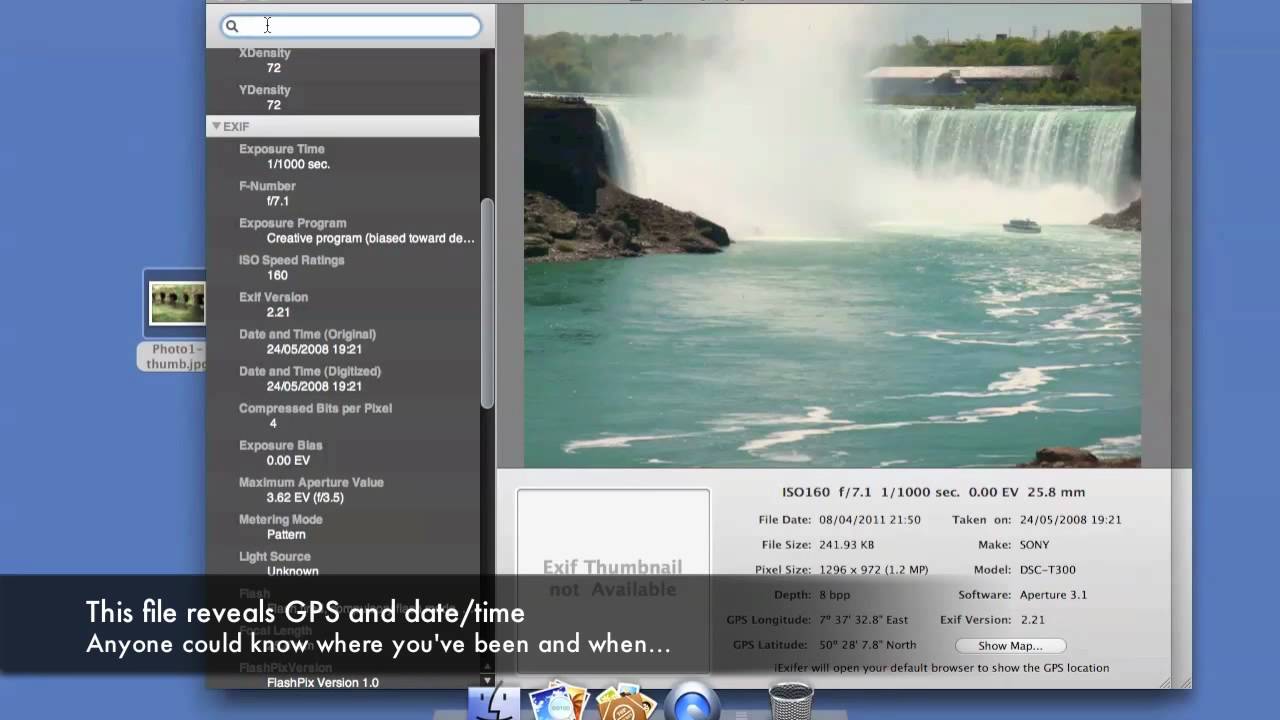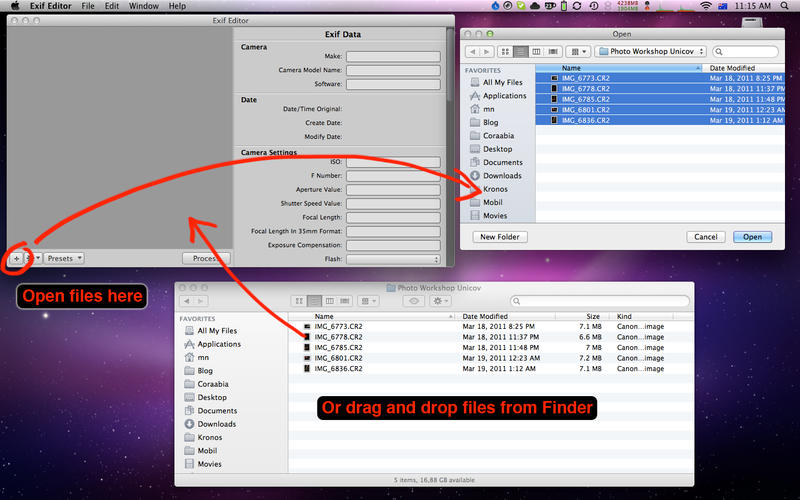

- #Exif editor mac for raw files full#
- #Exif editor mac for raw files code#
- #Exif editor mac for raw files iso#
- #Exif editor mac for raw files download#
Source could be different from Creator and from the entities in the Copyright Notice. This could be an agency, a member of an agency, or an individual. Source Identifies the original owner of the copyright for the intellectual content of the news object.
#Exif editor mac for raw files iso#
Country ISO Category Credit/Provider Identifies the provider of the news object, who is not necessarily the owner/creator.
#Exif editor mac for raw files full#
Country Full name of the country the content is focusing on. This element is at the second level of a top-down geographical hierarchy. Province/State Name of the subregion of a country - either called province or state or anything else - the content is focussing on - either the subregion shown in visual media or referenced by text or audio media. City Name of the city the content is focusing on.
#Exif editor mac for raw files code#
Values from the controlled vocabulary IPTC Subject Codes must go to the Subject Code element. Keywords may be free text and don't have to be taken from a controlled vocabulary. Keywords Keywords to express the subject of the content. While a technical identifier goes to an identifier element, Title holds a short, verbal, and human-readable name. Title A shorthand reference for the news object. Headline A publishable entry providing a synopsis of the contents of the news object. The following information is condensed from the IPTC4XMP Core 1.0 document: Caption/Description A textual description, including captions, of the news object's content, particularly used where the object is not text. The full specification that describes each field can be found on the IPTC website. Older programs will support a 1990s version of the specification, commonly referred to as the IIMv4 (Information Interchange Module version 4) specification.


Other programs like Photo Mechanic and Adobe Lightroom also support the IPTC Core standard. You can also use the IPTC Core with Photoshop CS by downloading the panels from the IPTC website. Beginning with Photoshop CS2, the full IPTC Core is accessible through the File Info panels (File → File Info). IPTC worked with Adobe to come up with a more robust specification that added more fields and also standardized the way information was written to a file using XML. When a keyword search is accessed on your PhotoShelter website, these are the searchable IPTC fields:
#Exif editor mac for raw files download#
More importantly, if you change the metadata in the file in PhotoShelter, we will re-embed that information into files when you allow others to download them. PhotoShelter fully supports the IPTC Core specification (see below), which means annotations you create in programs like Photoshop will automatically be read and extracted upon upload. As such, they have developed a very complete way to annotate an image with metadata. One of their main goals is providing standards to facilitate information interchange between organizations. IPTC (International Press Telecommunications Council) is a consortium of the world's major news organizations. P hotoShelter allows you to edit both the descriptive and administrative metadata for your images, both individually and in batch. Throughout PhotoShelter, you'll see a gr een SEO symbol placed next to metadata fields that are relevant to SEO. Metadata also factors significantly into SEO (Search Engine Optimization), as fields such as image captions, headlines, and keywords all help describe the contents of your image to search engines. Particularly for images on the web, m etadata provides an essential role in describing, tracking, and identifying the image. Image metadata is the set of data that lives within an image file that describes the image's attributes - everything from the photo's size to its resolution to its copyright information and beyond.


 0 kommentar(er)
0 kommentar(er)
